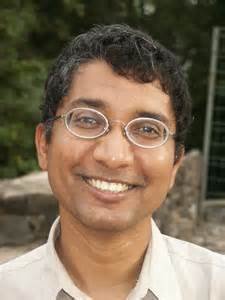Scale-Out Beyond Map-Reduce
Raghu Ramakrishnan
Head, Big Data Engineering & Head, Cloud Information Services Lab
Microsoft

Raghu Ramakrishnan
Head, Big Data Engineering & Head, Cloud Information Services Lab
Microsoft

David Padua
Donald Biggar Willet Professor of Computer Science
University of Illinois at Urbana-Champaign

Trevor Mudge
Bredt Family Professor of Engineering
Univ. of Michigan
